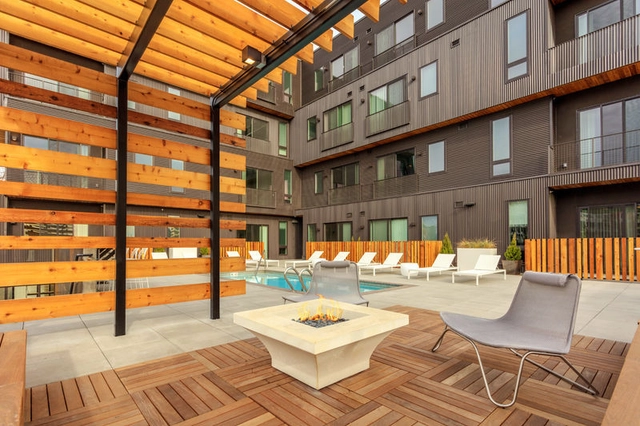
As architects face up to the need for ethical, sustainable design in the age of climate change awareness, timber architecture is making a comeback in a new, technologically impressive way. Largely overlooked in the age of Modernism, recent years have seen a plethora of advancements related to mass timber across the world. This year alone, Japan announced plans for a supertall wooden skyscraper in Tokyo by 2041, while the European continent has seen plans for the world’s largest timber building in the Netherlands, and the world’s tallest timber tower in Norway.



















